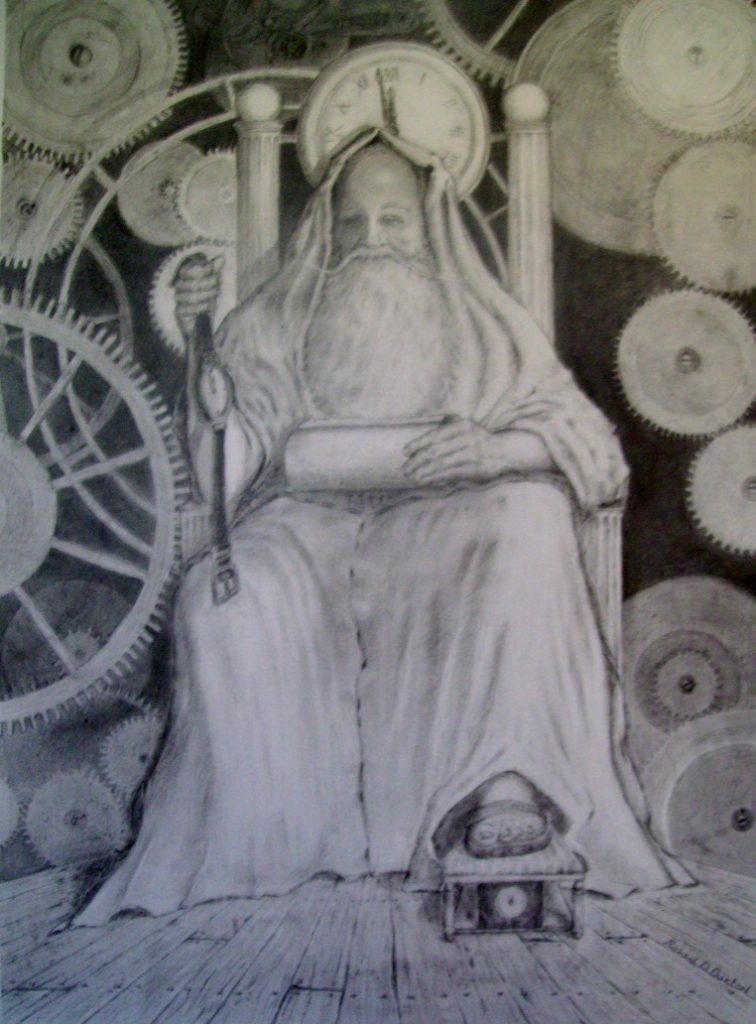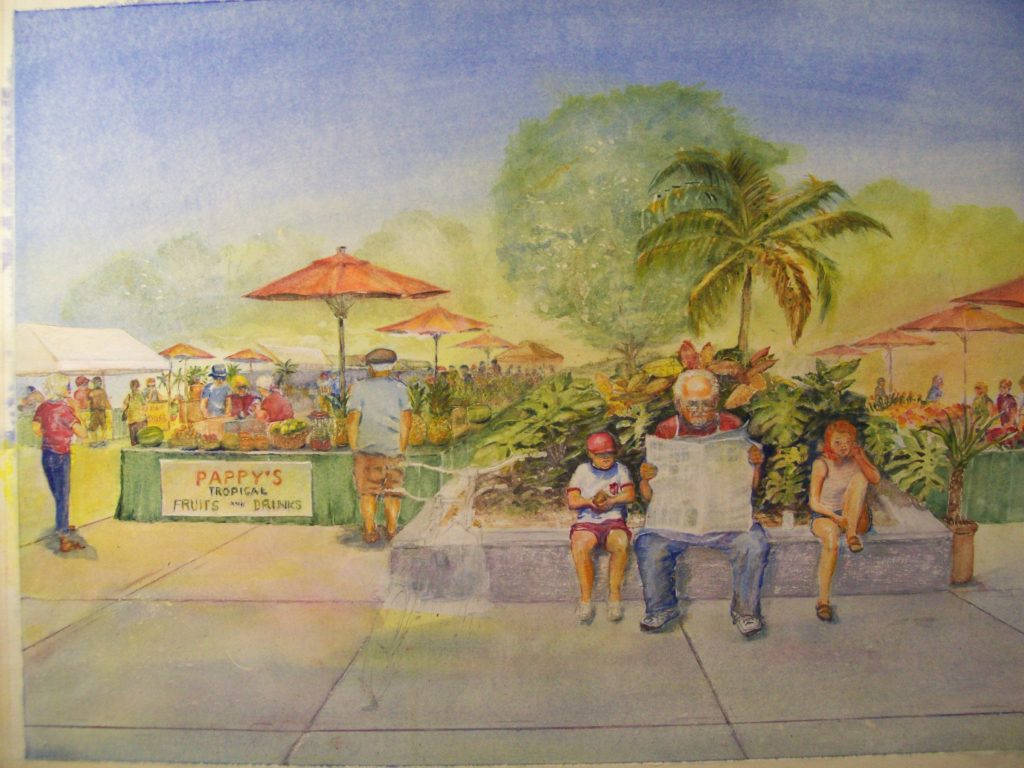A good picture painted or drawn is like a living experience. It allows the artists mood to be vivid for the viewer. However, until details of texture and pattern are added it is not a complete composition no matter how finely conceived and solidly constructed.
Texture is everywhere. It can be found in the simplest drawings. Soft strokes and firm harsh lines create variation, creating texture. The goal is to get the viewer to experience the softness of cotton, the fluidity of clouds, the transparency of a crystal vase, and etc. If depicted properly, the viewer must be able to imagine the sensation of contacting and actually feel what makes one different from the other.
For many artists, one of the most delightful experiences of drawing or painting is applying textures to the forms in a picture. Textures and patterns can suggest or support a mood. Calmness and peace can predominate a canvass by playing down textures and making quiet, smooth surfaces. A drama filled picture with busy active textures arouses excitement.
An artist must handle texture and pattern in his own way. How do you paint or draw a rock or brick? The intricate pattern of a leafless branch? A person’s coarse tweed leather elbowed sports jacket? The soft flowing material of a ladies nightgown? Every artist that truly studies a subject and learns the important things about its texture, pattern, and other details knows the answer to these questions. They know because they studied, experimented, and did it until they were satisfied.
In one of my pencil drawings I’ve entitled, “Grinding Gears of Time,” (below) the texture of the soft gown is obvious with smooth curving folds flowing together to form gentle planes and outlines. Also, the smooth flowing beard is texture. I think that most all artists would agree that this is texture. But how many recognize the importance of repeated forms as being texture? In this case, the repetition of the gears creates great texture. The repetition of the floor planks are texture.
Repeated forms make overall texture. For the landscape artist it could be blades of grass or a forest of trees. The repetition, or illusion of repetition, creates fabulous texture. A brick fence may have a hundred bricks all painted differently, but because they are sized the same and stacked with cement outlining them, they are repeated forms and over-all texture.

Repeated forms create texture – and often the artist use this in order to emphasize and strengthen his picture idea – Franklin McMahon
Often we think of the texture of the hair, skin, and of the clothes a person wears when we consider texture of a human being. But when we more closely consider it, when people in great numbers are in our composition, they can form an all over texture. It becomes a large – scale texture of a crowd.
When I painted the picture below (Pappy’s Break), I consciously handled the crowd of people visiting the fruit and food stands as a textural shape supporting the composition and giving impact to the picture’s subject.

Be Sure to join our newsletter (Above right).
Please peruse our art galleries above.
